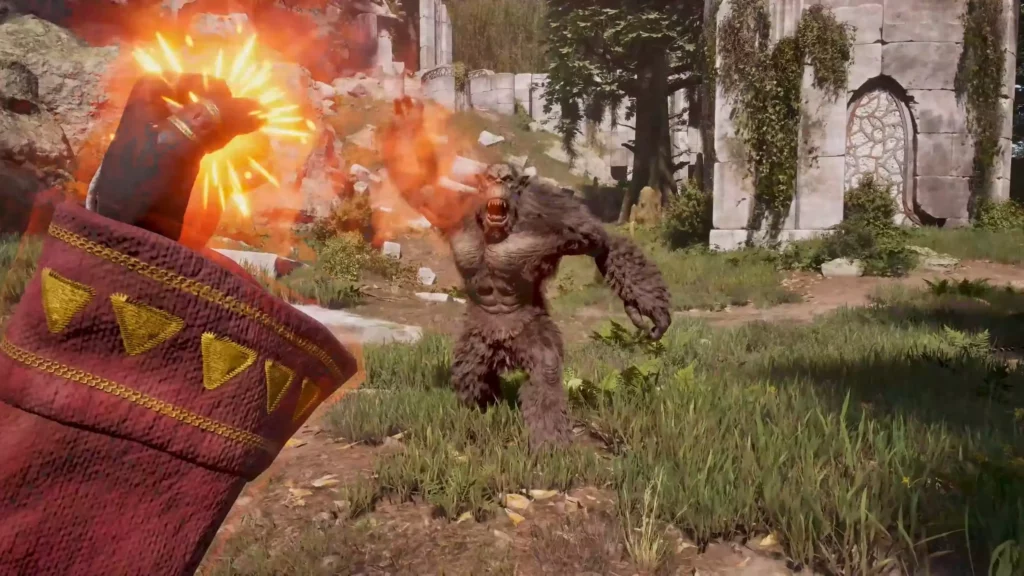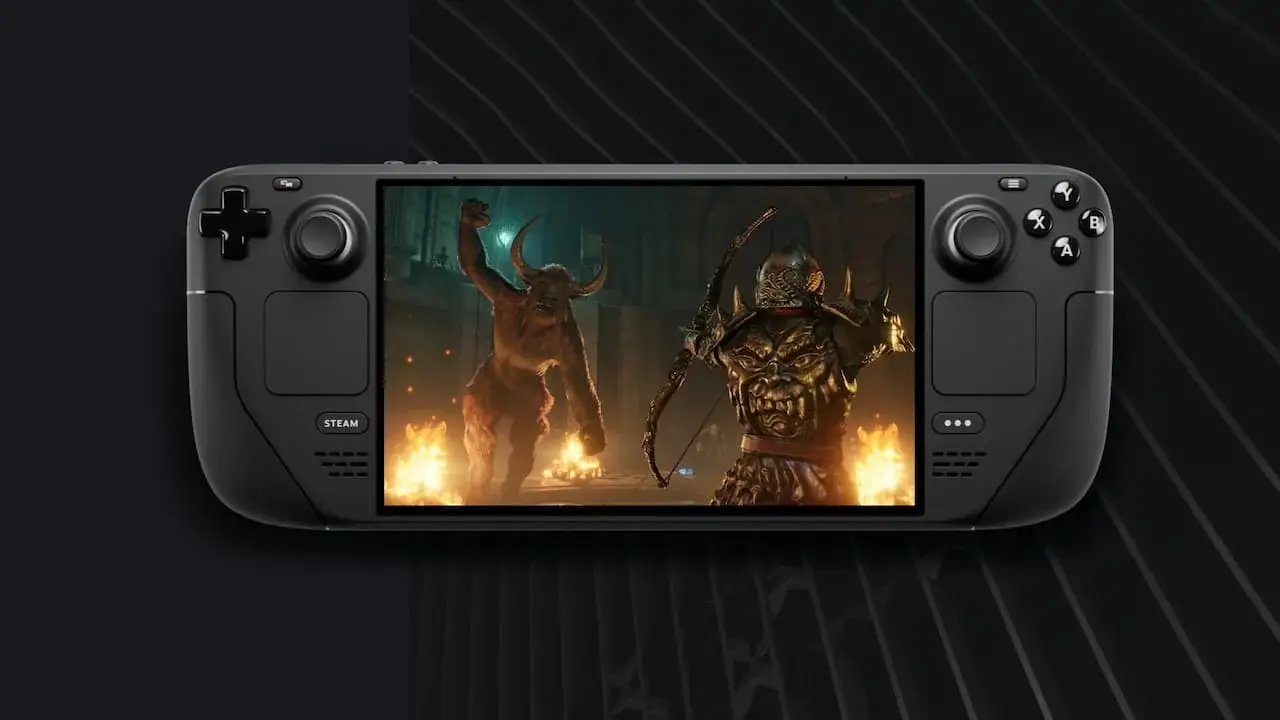The recent release of Oblivion Remastered brings Bethesda’s classic RPG to modern platforms with enhanced visuals, but Steam Deck users might want to think twice before jumping into the remaster. Despite carrying the coveted “Verified” status for Valve’s handheld, the remastered version struggles to deliver a smooth experience where the original game – with some minor modding – truly excels.
Getting the Original Running Smoothly
Setting up the classic version of Oblivion for optimal Steam Deck play requires about an hour of work. The vanilla PC release lacks native gamepad support, creating a disconnect between on-screen prompts and the Deck’s physical controls. However, with the installation of the Oblivion Script Extender and the Northern UI mod, the experience transforms dramatically.
The Northern UI mod proves particularly valuable, adding proper controller button prompts and optionally reskinning the interface to match Skyrim’s cleaner aesthetic. Those who prefer Oblivion’s original fantasy-styled UI can select a version of the mod that preserves the classic look while adding controller support.
Performance Comparison Reveals Clear Winner
The performance difference between versions is stark. Testing reveals that the original Oblivion maintains a locked 60 frames per second on Steam Deck, while the remaster struggles to maintain 30 fps in outdoor areas:
| Feature | Oblivion Original | Oblivion Remastered |
| Average FPS | Locked 60 fps | Around 30 fps |
| Battery life | Approximately 5 hours | Up to 3 hours |
| Power usage | Rarely exceeds 8w | Between 15-22w |
| Price | $15 | $50 |


Remaster’s Struggles in the Open World
The remastered version manages a mostly stable 30 fps in indoor areas like the starter dungeon, but performance becomes inconsistent in the open world. Areas around Lake Rumore can drop to 15 fps, while the region near the first Oblivion gate can plummet to just 10 fps, particularly when the game loads new areas or displays modern weather effects.
Combat scenarios involving multiple enemies in detailed outdoor environments feel particularly sluggish. Even when adjusting all graphics settings to their lowest values and using XeSS in “ultra-performance” mode, frame rates remain inconsistent, sacrificing image quality for marginal performance gains.
Visual Differences Worth Considering
The remaster does offer enhanced visuals with modern lighting effects and improved textures, but these improvements come at a significant performance cost on the Steam Deck. Screenshots comparing locations like country houses, the Imperial City interiors, Oblivion gates, and landscape vistas show the visual upgrades, though many players may find the original’s consistent performance more valuable than the graphical enhancements.
The Practical Choice for Handheld Players
For primarily handheld players, the original Oblivion offers several compelling advantages: consistent 60 fps performance, significantly better battery life, and a much lower price point of $15 compared to the remaster’s $50 cost. With the proper mods installed, the classic version delivers a more enjoyable and responsive experience that rivals Skyrim’s excellent Steam Deck optimization.
While desktop players might appreciate the remaster’s visual improvements when playing on more powerful hardware, Steam Deck users will likely find the modded original provides the superior experience for portable Elder Scrolls adventures.
